
Swami Shraddhanand
A commemorative postage stamp on Mahatma Munshi Ram Vij, an Indian educationist and Arya Samaj missionary :
 Issued by India
Issued by India
Issued on Mar 30, 1970
Issued for : His life was symbol of renunciation and penance. His field of action was limitless. The Posts and Telegraphs Department deems it a great privilege to bring out special commemorative stamp in honour of Swami Shraddhanandji , a noble soul and fearless patriot, and one of the greatest sons of India.
Description of Design : The design of the stamp is vertical and depicts a portrait of Swami Shraddhanand.
Type : Stamp, Postal Used
Colour : Mineral Red
Denomination : 20 Paise
Overall Size : 3.34 x 2.88 cms.
Printing Size : 2.987 x 2.524 cms.
Perforation : 13½ x 14
Watermark : Printed on unwatermarked Adhesive stamp paper
Number Printed : 30,00,000
Number per issue Sheet : 42
Printing Process : Photogravure
Designed and Printed at : India Security Press
Name : Brihaspati Vij
Born on Feb 2, 1856 at Talwan, Jalandhar, Punjab, India
Died on Dec 23, 1926 at Delhi, India
About :
- Among the few who were eminent in building our nation in the later part of the 19th century and the early years of the twentieth, was Mahatma Munshi Ram, known as Swami Shraddhanand. As a valiant warrior of the war of independence, Swami Shraddhanandji presents a living portrait of bravery and sacrifice.
- Swami Shraddhanand was born at Talwan (Jullundur) in 1913 (Vikram Era) corresponding to 1856 A.D. in a well-known and well-to-do khatri family. His father, Shri Nanak Chand was in there service of the East India Company. Swamiji was originally given the name of ‘Brihaspati‘, but later he was called Munshi Ram by his father. This name continued to be in vogue till he was initiated into ‘Sanyas‘. He was youngest in the family. His school education began at Varanasi and ended at Lahore after passing the examination for pleadership.
- He was married to Shrimati Shiva Devi. His wife died when he was 35 years old leaving behind her two sons and two daughters. Munshi Ram had started liege as a Naib Tehsildar but he relinquished this post after a short time as he found the duties not consistent with his self-respect. Later, he practised as a pleader at Phillaur and Jullundur but gave up this lucrative profession also when the call came from Swami Dayanand Saraswati to serve the Arya Samaj – an appeal that he found irresistible.
- He founded the Gurukul at Kangri at Hardwar, a unique seat of learning in keeping with the ideals of the Vedic seers. The underlying idea was to produce good and disciplined citizens in the community completely imbued with ancient Vedic ideals and a national outlook. This is the institution which Ramsay Macdonald visited and where he likened Munshi Ram to a biblical prophet walking the shores of Galilee. This is also the institution towards which Mahatma Gandhi was first drawn while he was in South Africa and where he stayed first on his return to India. It was this institution which conferred on Gandhiji the title of the ‘Mahatma‘.
- In the year 1917, he became a ‘Sanyasi‘, assuming the name ‘Shraddhanand‘ and making Delhi his permanent abode instead of Gurukul. In Delhi, he founded a number of institutions aimed at social, moral and cultural betterment and upliftment of the people, especially of the so-called ‘untouchables’. He also founded two prominent dailies: the Urdu ‘Tej‘ and the Hindi ‘Arjun‘.
- During the national struggle for independence in the year 1919, he plunged headlong into the agitation under the leadership of Gandhiji. He took a leading part in infusing life into the people and organised ‘hartals‘ and protests against the Rowlatt Act enacted by the British Government. When Gandhiji was arrested, Swami Shraddhanandji led a protest march in the city. When a soldier threatened to fire upon the crowd, the ascetic bared his breast and dared him to shoot. Such was the courage of Swamiji. During the period of excitement, this valiant Arya Sanyasi, without any distinction of caste or creed, served the citizens of Delhi. The Muslims considered him as their own elder brother. Swamiji was accorded the unique honour of preaching to the Muslims from the pulpit of the greatest and the most famous mosque of India, the Delhi Jama Masjid.
- When the Punjab was writhing under the pains of atrocities by the British Government under martial law, it was Swami Shraddhanand who came forward to make arrangements for the Congress session at Amritsar. In this historic session, he introduced the programme for eradication of untouchability which was adopted.
- He always stood in the front line of the Arya Samaj movement and made the Arya Samaj a power and contributed to its popularity by his disinterested work and exemplary practical life. His towering and inspiring personality was a source of eternal inspiration. He believed in Hindu-Muslim unity from the very beginning and was a close associate of Mahatma Gandhi. As a social worker, he was always engrossed in ameliorating the conditions of the poor and the down-trodden.
- God willed for him a martyr’s death and while still on his sick bed, he died at the hands of a misguided assassin in the year 1926 on 23rd December. His message from his sick bed was, “India‘s salvation lay in abiding Hindu–Muslim unity“. In the words of Mahatma Gandhi, “He lived a hero and died a hero“.


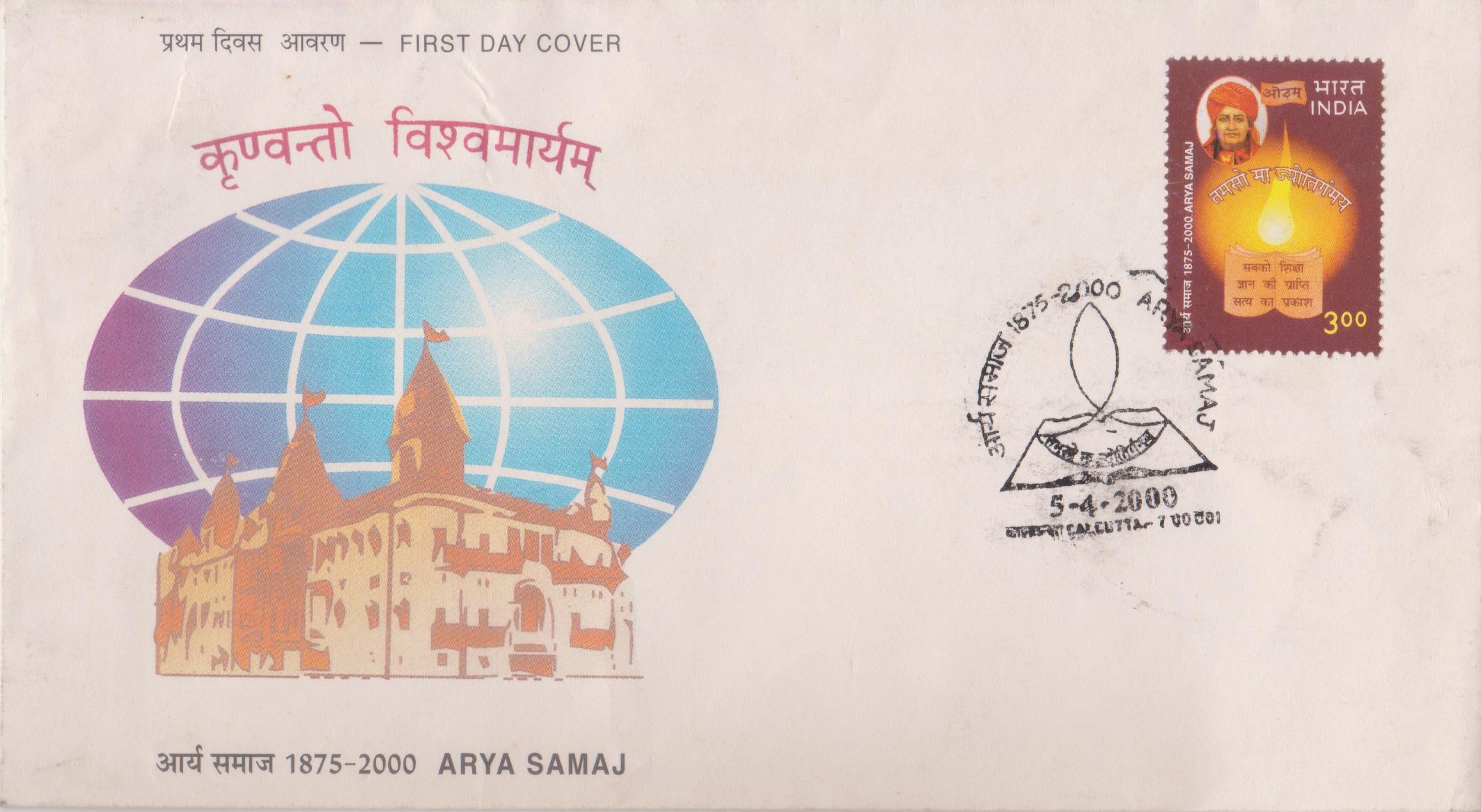
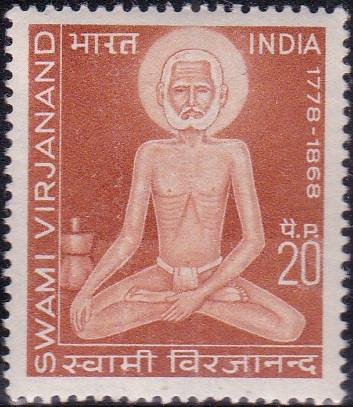
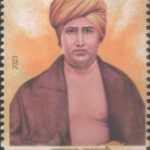

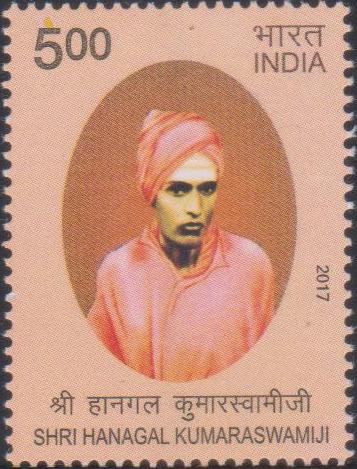
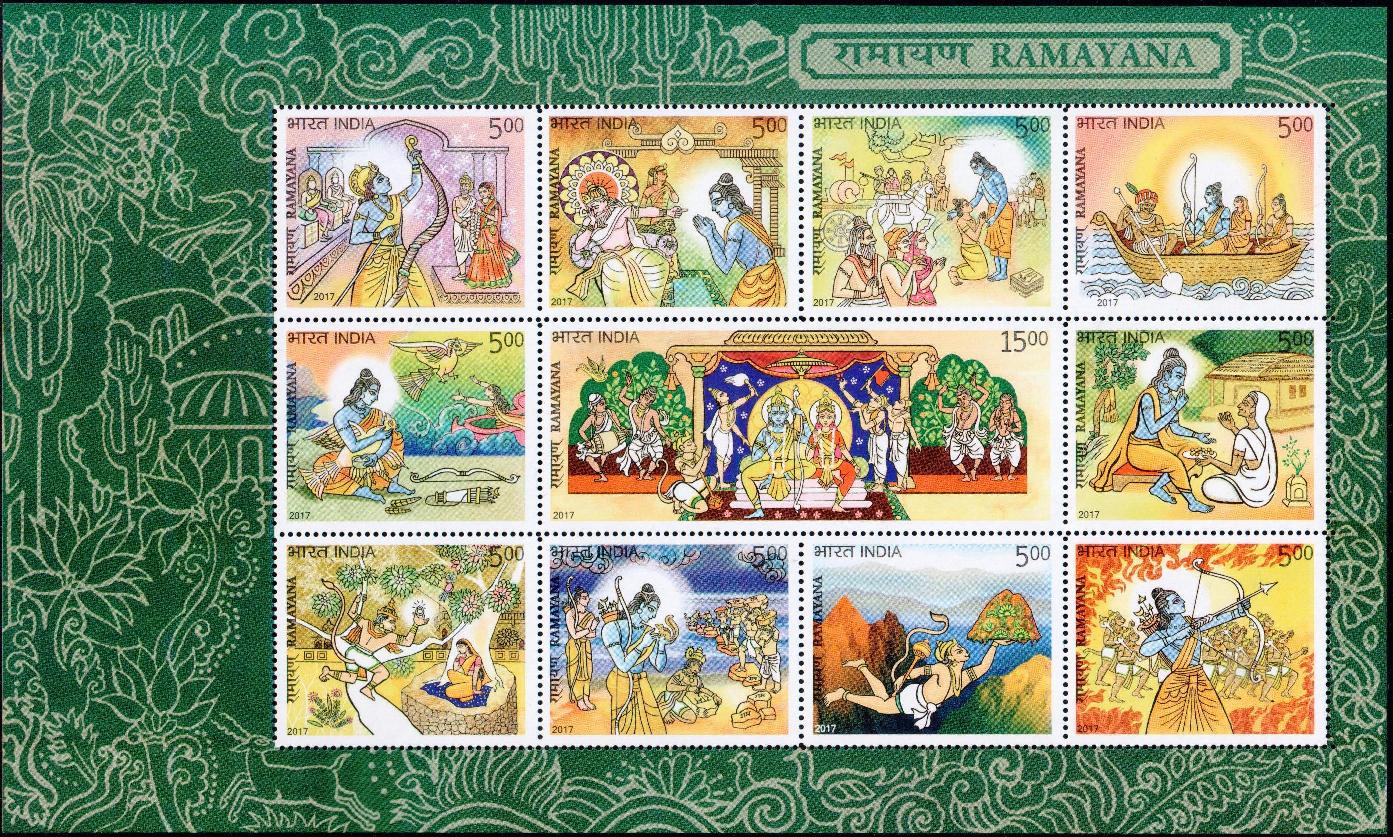
[…] and exhorted that the society is duty-bound to provide appropriate education to its children. Swami Shradhanand, an immediate disciple of the Maharishi who was inspired by his ideas, paved the way for […]